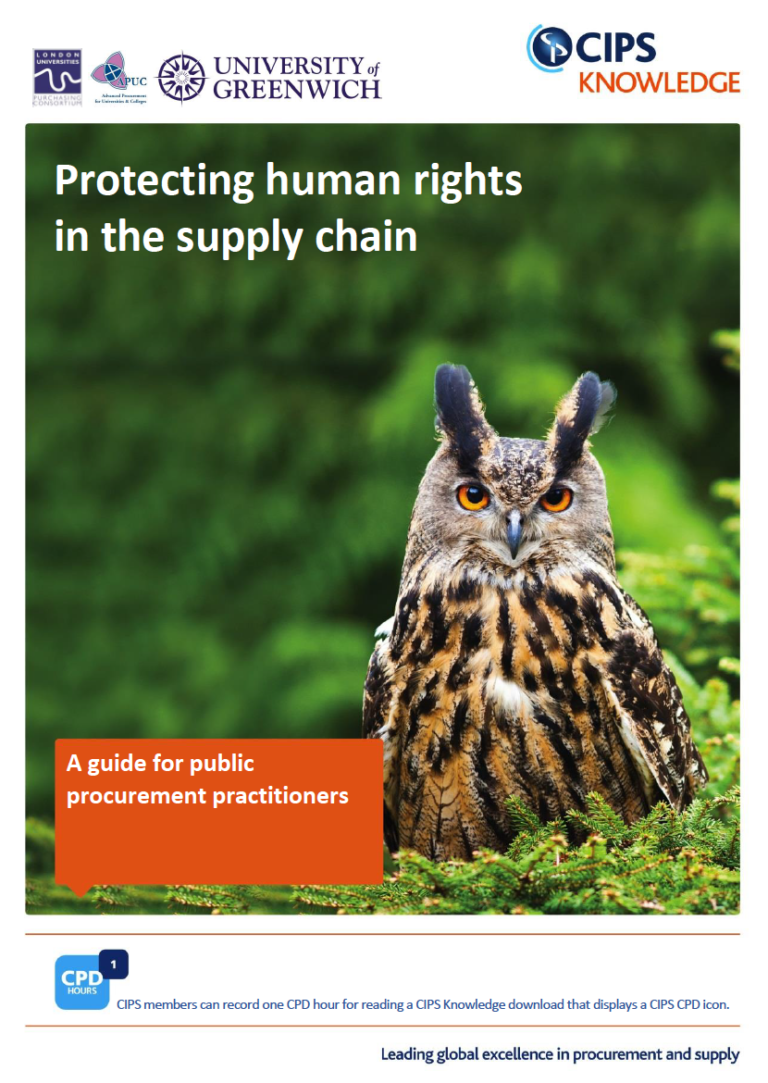A Guide to Traceability: A Practical Approach to Advance Sustainability in Global Supply Chains
GuidanceThe purpose of the guide is to provide an overview of the importance of traceability for sustain- ability purposes, outline the global opportunities and challenges it represents and summarize practical steps for implementing traceability programmes w...Read More

